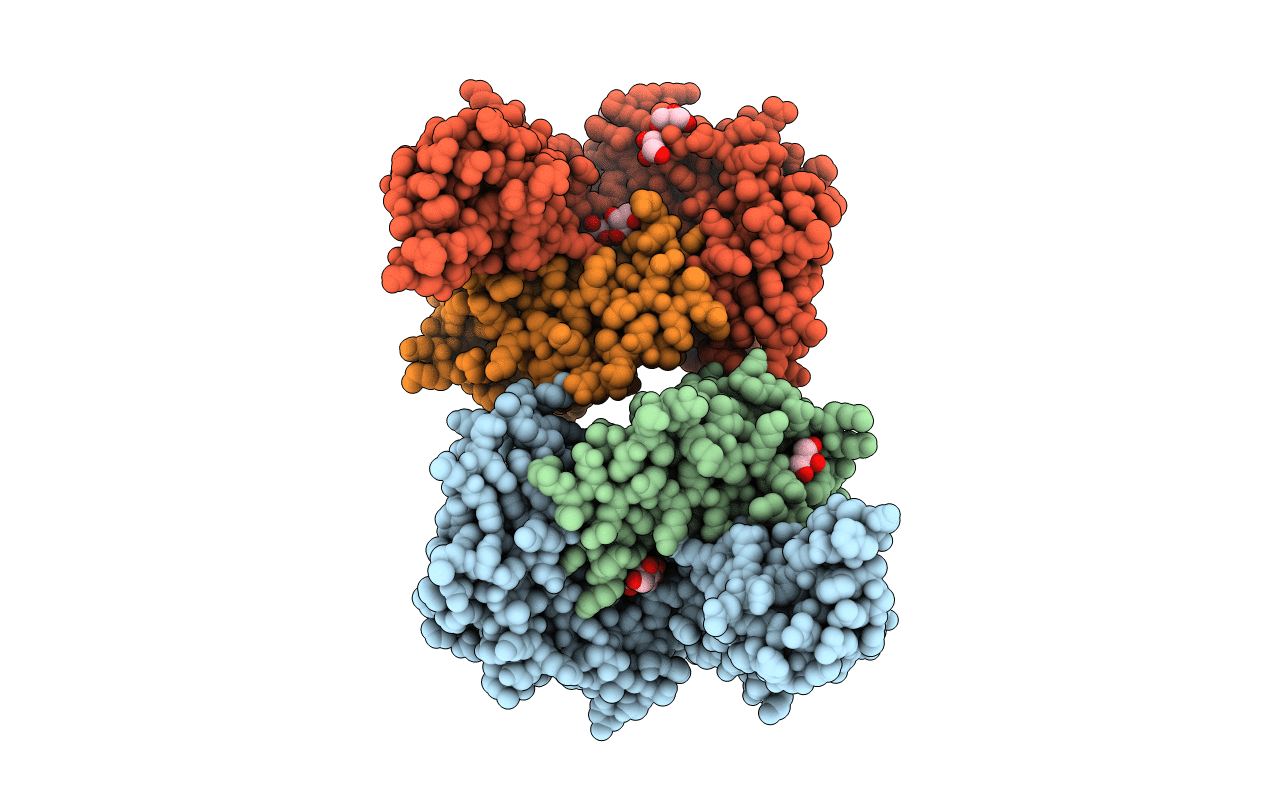
Deposition Date
2014-09-29
Release Date
2014-10-29
Last Version Date
2024-10-09
Entry Detail
PDB ID:
4WJ5
Keywords:
Title:
Structure of HLA-A2 in complex with an altered peptide ligands based on Mart-1 variant epitope
Biological Source:
Source Organism:
Homo sapiens (Taxon ID: 9606)
Host Organism:
Method Details:
Experimental Method:
Resolution:
1.65 Å
R-Value Free:
0.17
R-Value Work:
0.15
R-Value Observed:
0.15
Space Group:
P 1 21 1


